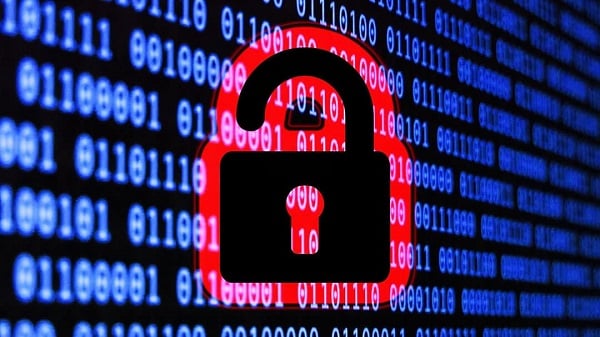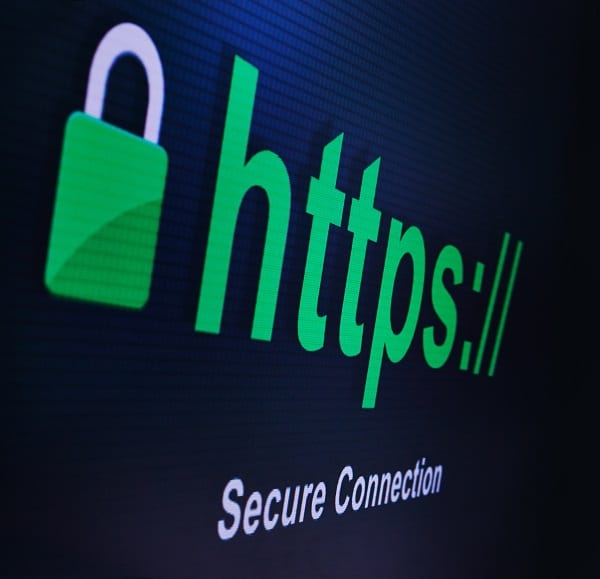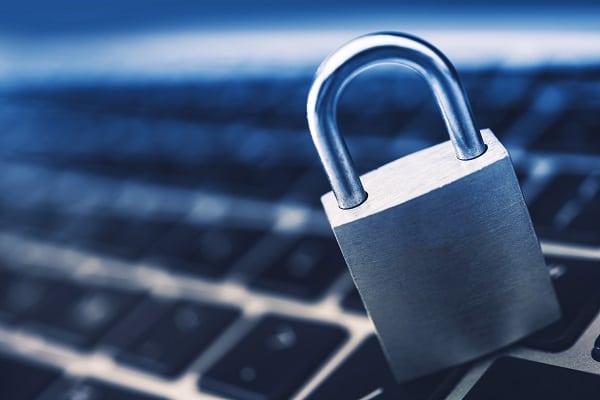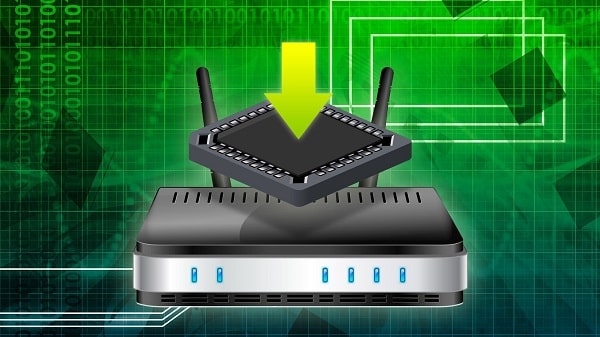In your digitally connected era, securing your Wi-Fi network has never been more critical. An unsecured network can expose personal and professional data to hackers, allow unauthorized access and even involve your network in illicit activities. Therefore, understanding how to safeguard your Wi-Fi network is a necessity in today’s landscape. This blog post will provide a comprehensive guide on how to reinforce your Wi-Fi network security effectively.
Contents
Understanding Wi-Fi Networks

A Wi-Fi network operates by transmitting information via radio waves from a router to other connected devices. These networks can be classified into different types, including public Wi-Fi networks (like those in cafes or airports), private home networks, and business networks. Each type has its own set of vulnerabilities. For instance, public Wi-Fi networks may be easier to hack due to less stringent security measures, while private networks can become targets if hackers are aware of valuable information accessible through the network.
Different Wi-Fi standards (such as Wi-Fi 4, Wi-Fi 5, Wi-Fi 6) and security protocols (like WEP, WPA, WPA2, and WPA3) also have their respective strengths and weaknesses. It is crucial to understand these technical aspects, as they play a significant role in determining the security level of your Wi-Fi network.
Risks Of Unsecured Wi-Fi Network

One of the most substantial risks associated with an unsecured Wi-Fi network is the potential theft of personal data. If your network is not secured, hackers can easily intercept the data transmitted over the network, gaining access to sensitive information like credit card details, social security numbers, and login credentials. This could lead to serious consequences such as identity theft or financial fraud.
Another significant risk is the unauthorized usage of your Wi-Fi network. Individuals may connect to your unsecured network and use your internet bandwidth, resulting in slower speeds for your devices. Worse yet, your network could be used for illicit activities without your knowledge, potentially implicating you in a crime.
Best Ways To Secure Your Wi-Fi Network

In the following sections, you will delve into several practical methods to secure your Wi-Fi network. From changing default admin credentials and enabling WPA3 encryption to creating a guest network and utilizing network security tools, these steps will significantly enhance the security of your network.
Change Default Admin Credentials

One of the initial steps in securing your Wi-Fi network involves changing the default admin credentials of your router. When routers are shipped from manufacturers, they come with default usernames and passwords. These credentials are often easy to find online, providing an easy target for hackers. Therefore, it’s imperative to change these details immediately upon setting up your network to prevent unauthorized access to your router’s settings.
To change your router’s default admin credentials, you typically need to log in to the router’s admin interface through a web browser. This usually involves typing the router’s IP address into your browser’s address bar, then entering the default username and password. From there, look for an option to change these details, typically under settings. Be sure to choose a strong, unique password that would be hard for a potential hacker to guess.
Enable WPA3 Encryption

WPA3, short for Wi-Fi Protected Access 3, is currently the most secure encryption protocol for Wi-Fi networks. It represents a significant improvement over its predecessors, WPA and WPA2, and is far superior to the outdated and insecure WEP protocol. WPA3 encryption provides robust protection against various attack strategies employed by hackers, making it an essential feature for securing your Wi-Fi network.
Enabling WPA3 encryption on your router involves accessing the router’s admin interface, similar to changing the admin credentials. The encryption settings are usually located under the Wi-Fi or wireless settings. If your router doesn’t support WPA3, it may be worth investing in a new one that does. However, if this isn’t possible, use WPA2, which still offers decent security compared to WEP.
Disable Remote Management

Remote management is a feature that allows you to access your router’s admin interface from devices not connected to your Wi-Fi network. While this can be convenient for troubleshooting or configuration purposes, it also poses a significant security risk. If a hacker can access your router remotely, they can change its settings to their advantage, including disabling your network’s security features.
Therefore, unless there is a compelling reason to keep this feature enabled, it’s advisable to turn it off. Access your router’s admin interface and look for an option related to remote management or remote access. This is often located under the advanced settings. Disable the feature to ensure that your router’s settings can only be changed from devices connected to your network.
Create A Guest Network

Creating a separate network for guests or occasional users can be an excellent way to enhance the security of your primary network. This is because even if a guest’s device is compromised, the hackers will only have access to the guest network, leaving your main network and all its connected devices safe. Additionally, it prevents guests from accessing shared resources on your primary network, such as network storage devices.
Creating a guest network involves accessing your router’s admin interface and navigating to the guest network settings. Not all routers support this feature, but many modern ones do. When setting up your guest network, ensure it is also secured with a strong password and the highest level of encryption that your router supports.
Regularly Update Your Router’s Firmware

Firmware is essentially the operating system of your router. Just like your computer’s operating system, it needs regular updates to fix security vulnerabilities and introduce new features. Manufacturers periodically release firmware updates to ensure your router’s security, improve its performance, and add new functionalities. Ignoring these updates can leave your network exposed to the latest cyber threats.
To update your router’s firmware, you need to log in to the router’s admin interface. The firmware update option is usually found under the system, administration, or advanced settings, though this may vary by manufacturer. You can typically set your router to automatically update its firmware, a setting you highly recommend enabling. If this option isn’t available, make a habit of checking for updates regularly and applying them promptly.
Use A Network Security Tool

Network security tools can provide an additional layer of protection for your Wi-Fi network. These tools offer various features like real-time network monitoring, intrusion detection, and automatic blocking of suspicious activities. They can identify and alert you about potential threats, giving you a chance to address issues before they cause any harm.
There’s a variety of network security tools available, both free and paid. Some popular ones include Wireshark, Nessus, and Snort. While not all of them may be suitable for average home users due to their complexity, there are user-friendly options available as well. Be sure to do your research and choose a tool that fits your needs and technical ability.
Conclusion
Securing your Wi-Fi network is an indispensable aspect of maintaining your online safety and privacy. From changing default admin credentials and enabling WPA3 encryption to updating your router’s firmware and utilizing network security tools, each step significantly enhances the security of your network. Remember, Wi-Fi network security is not a one-time task but an ongoing process. It’s vital to stay vigilant, regularly review your security settings, and update them as needed to stay ahead of evolving cyber threats. By doing so, you can enjoy a secure and reliable internet experience.